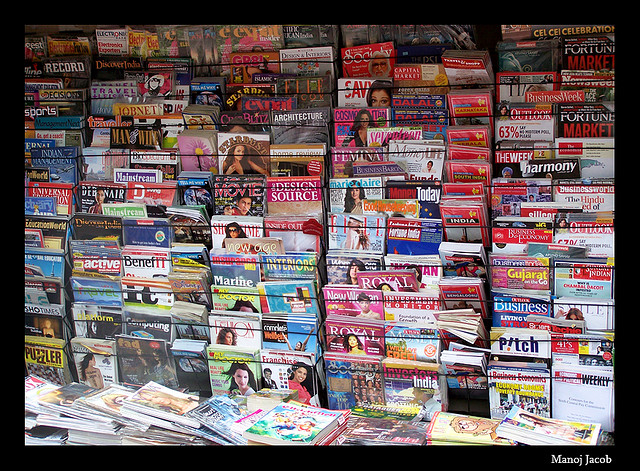1.9: Two-step flow of communication
- Last updated
-
-
Save as PDF
Towards the end of the Second World War, sociologist Paul Lazarfeld added to the media effects research frame the social aspect of human agency. Rejecting the direct influence of the hypodermic needle or magic bullet theory, he introduced an intermediary between the sender of a message and the audience. This intermediary, dubbed an “opinion leader”, was usually a person of influence with greater access to information. They would be seen as an authority able to filter, interpret and explain media messages. It is the credibility of the weatherman that persuades the individual to bring along an umbrella, rather than the factual data from the meteorological department themselves. And it would be the community or religious leader expounding on the messages released by politicians that actually hold sway over the masses. The two-step flow of information paved the way for research into multi-step models.

Paletz,D.; Owen, D.;Cook, T. 21 century American Government and Politics, Chapter 7, adapted from Katz, E., Lazarsfeld, P. Personal influence (New York: The Free Press, 1995)
Another great example to explain the influence of opinion leaders is the world of fashion. Magazines play an important role in showing the trends of the coming season by passing on information from big fashion brands to a wider audience. The reader’s knowledge of next seasons fashions and trends is filtered by the magazines. While this describes a classic two-step flow of communication new technologies have changed the role of the media.
Again in the example of fashion, the magazines provide the audience with a chance to describe their likes and needs through participation in the discussion. Information is flowing in many directions through different media channels and filtering through new opinion leaders, such as fashion bloggers. Clicking through the Australian fashion blog breakfastwithaudrey and its links to other influential bloggers demonstrates how connected they are. Such referencing of each other builds a strong network of opinion leaders for the reader audience to follow.

Magazines and blogs: opinion leaders in today’s fashion industry CC-BY-SA
Interlinking might also occur between different brands, magazines and other bloggers which makes the process more complex and the flow of information more challenging to follow, especially to understand in terms of influence and power. A single user can be influenced by different sources or opinion leaders when following the trends of the season. The shaping of the user’s opinion follows a more complex pattern and flow.
Discussion
- Pick a point of interest (other than fashion) and create a flow chart of the various sources, pathways and intermediaries that provide or filter information to any interested party. Identify any direct, two-flow and multi-flow conduits of knowledge as well as any other interesting features.




